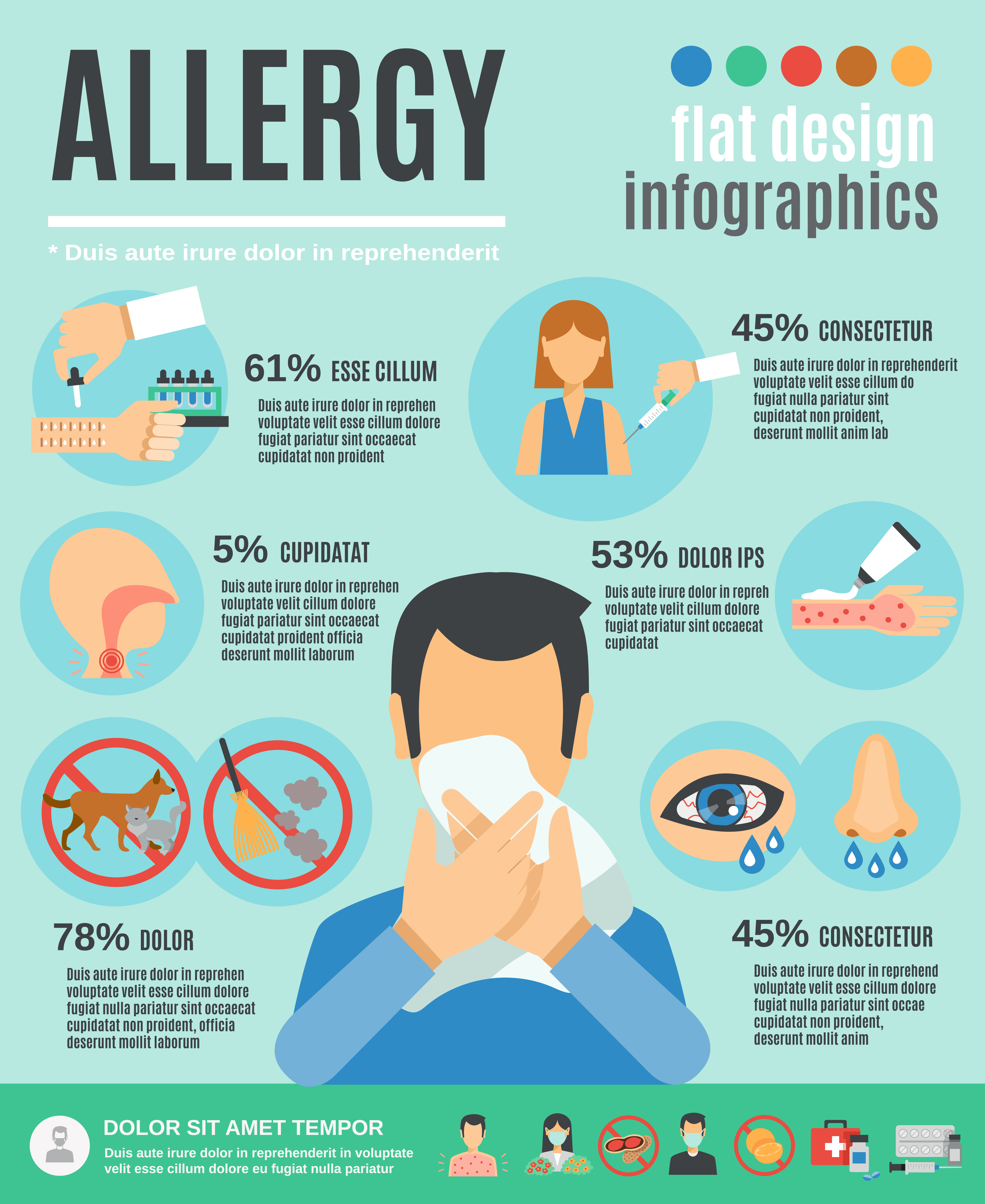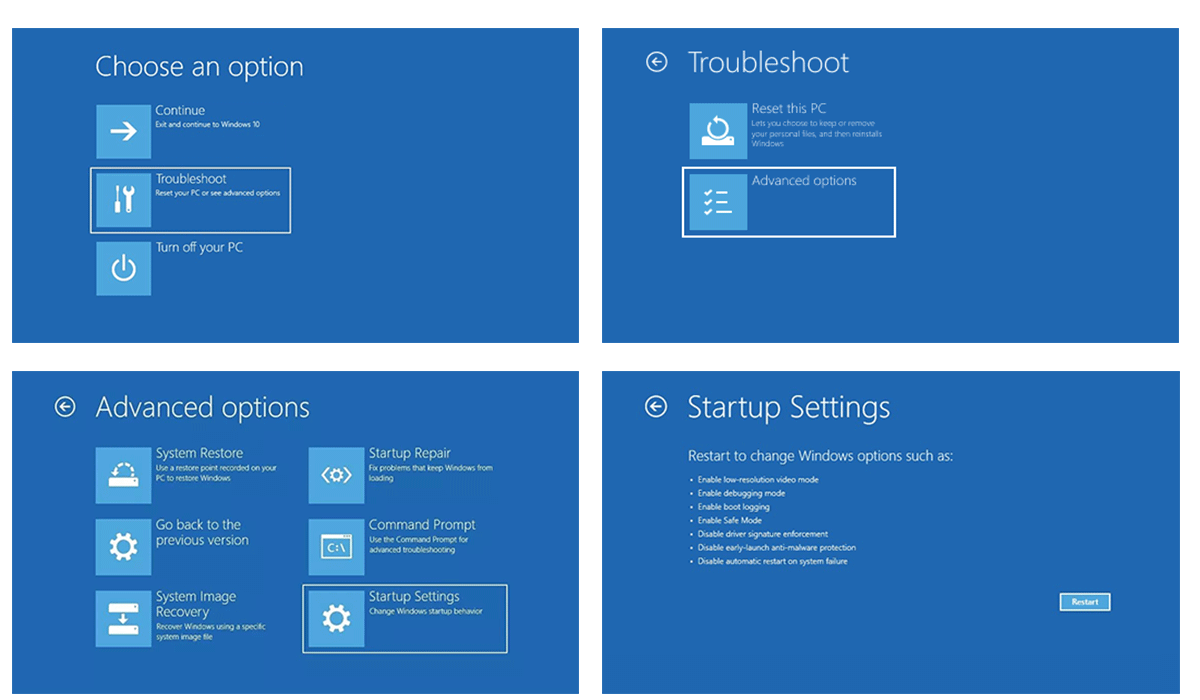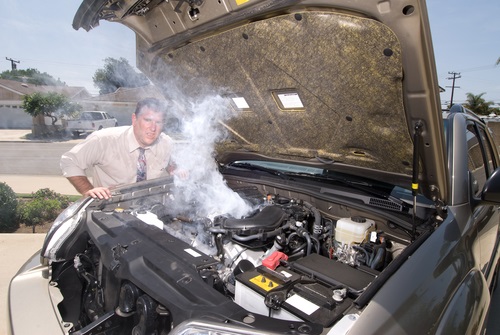Refinancing your mortgage can give you access to lower interest rates, improved payment terms, and better financing options. However, it's not a decision that should be made without careful consideration. There are several things to think about before jumping into a mortgage refinance, and it's important to make sure that you're ready for the commitment.
The Case for Refinancing Your Mortgage
There are several reasons to consider refinancing your mortgage:
- You can save thousands of dollars in interest over the life of your loan.
- You can lower your monthly mortgage payment and free up funds for other expenses.
- You can switch from an adjustable-rate mortgage (ARM) to a fixed-rate mortgage (FRM) to keep your payments stable.
- You can access the equity in your home for home improvements, debt consolidation, or other financial goals.
However, refinancing your mortgage isn't always the best choice. It's essential to evaluate your financial situation and consider all the factors before making a decision. Here are some signs that you may not be ready to refinance your mortgage.
You Have a Low Credit Score
Your credit score plays a crucial role in the mortgage refinancing process. If your score is low, you may not qualify for the best interest rates and terms. Before applying for a refinance, check your credit score and make any necessary improvements. Pay down outstanding debt, dispute any errors on your credit report, and maintain a good payment history going forward.
You Haven't Built Enough Equity in Your Home
Equity is the difference between the market value of your home and the amount you owe on your mortgage. To refinance your mortgage, you typically need at least 20% equity in your home. If you haven't owned your home for long, your equity may not be high enough to qualify for a refinance. Additionally, if home prices have dropped since you purchased your home, you may have less equity than you anticipated. Before attempting to refinance, check your home's current value and calculate your equity.
You Don't Have a Stable Income
Lenders want to see that you have a reliable source of income before approving your mortgage refinance application. If you're self-employed, have a variable income or have recently changed jobs, you may have trouble qualifying for a refinance. Before applying, make sure you have a stable income history for at least two years and that your current income is sufficient to cover your mortgage payment.
You Plan to Sell Your Home Soon
Refinancing can be a costly process, and it may not be worth it if you plan to sell your home in the next few years. Depending on the loan terms, it can take several years to recoup the closing costs of a mortgage refinance. If you're planning to move soon or anticipate a major life change that may require you to sell your home, hold off on refinancing until your plans have solidified.
You're Struggling to Make Your Monthly Mortgage Payment
If you're having trouble making your monthly mortgage payment, refinancing may not be the solution. A refinance can lower your interest rate or extend your loan term, but your monthly payment may not decrease significantly. Additionally, if you're struggling to make ends meet, you may not qualify for the best refinancing terms. If you're having financial difficulties, it's essential to address the root of the problem before considering a refinance.
Conclusion
Refinancing your mortgage can be a smart financial move, but it's not for everyone. Before making a decision, evaluate your financial situation, consider the costs and benefits, and consult with a reputable lender. By taking the time to do your research and making an informed choice, you can reap the rewards of a successful mortgage refinance and achieve your financial goals.
Image Sources
-
Image 1

Image source: i.pinimg.com
-
Image 2

Image source: compareclosing.com
-
Image 3

Image source: blogspot.com
-
Image 4

Image source: mortgagemark.com



























